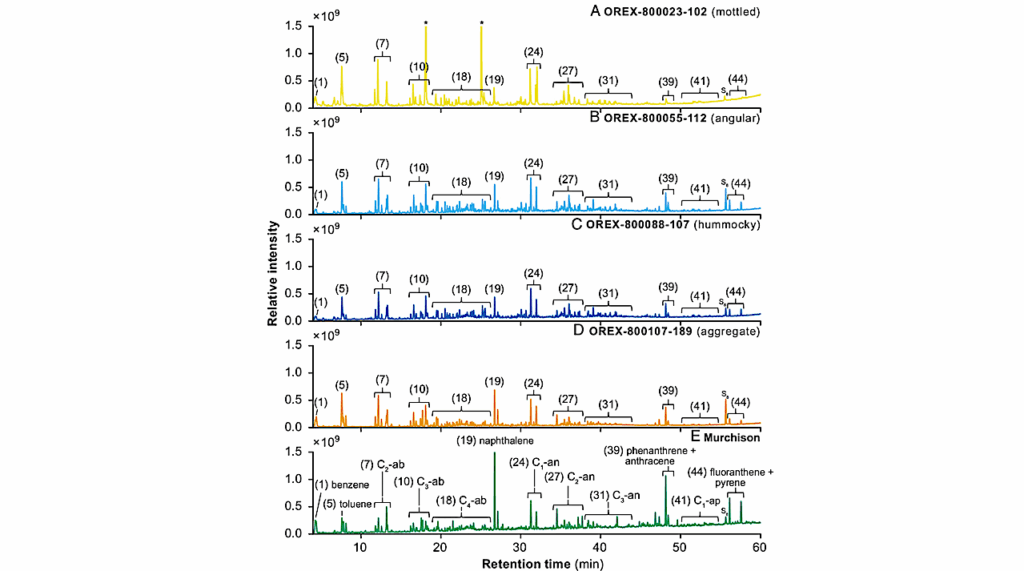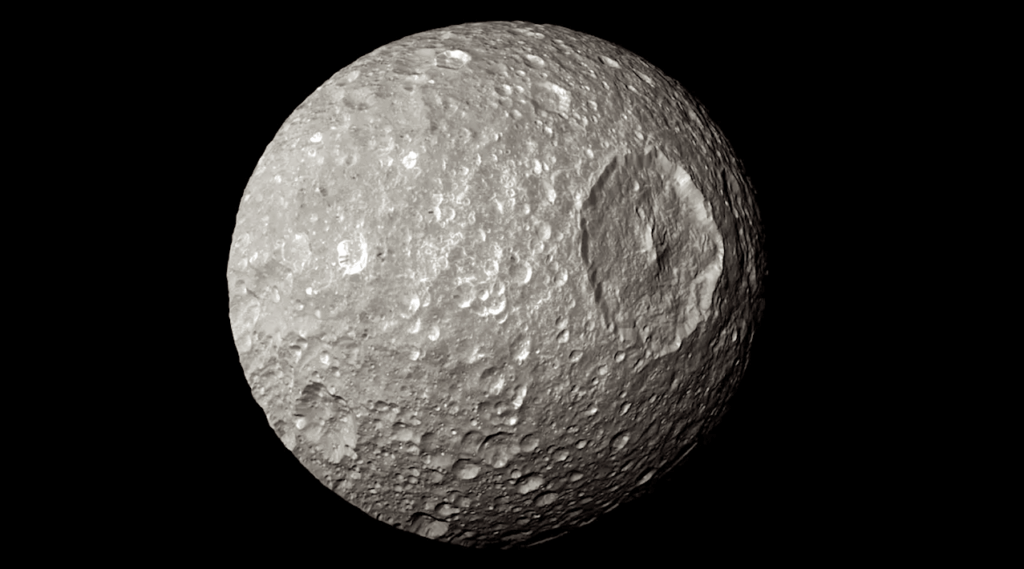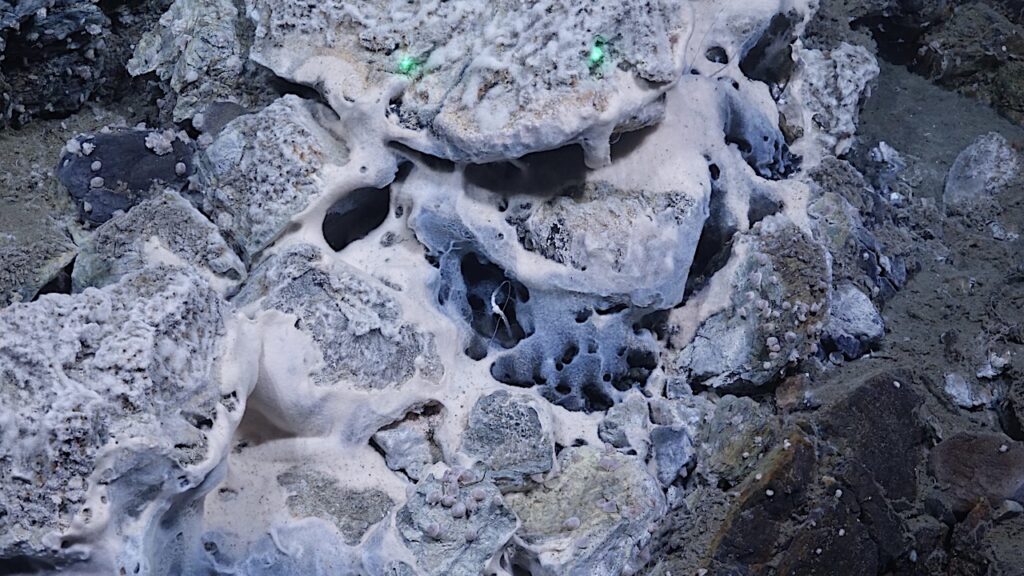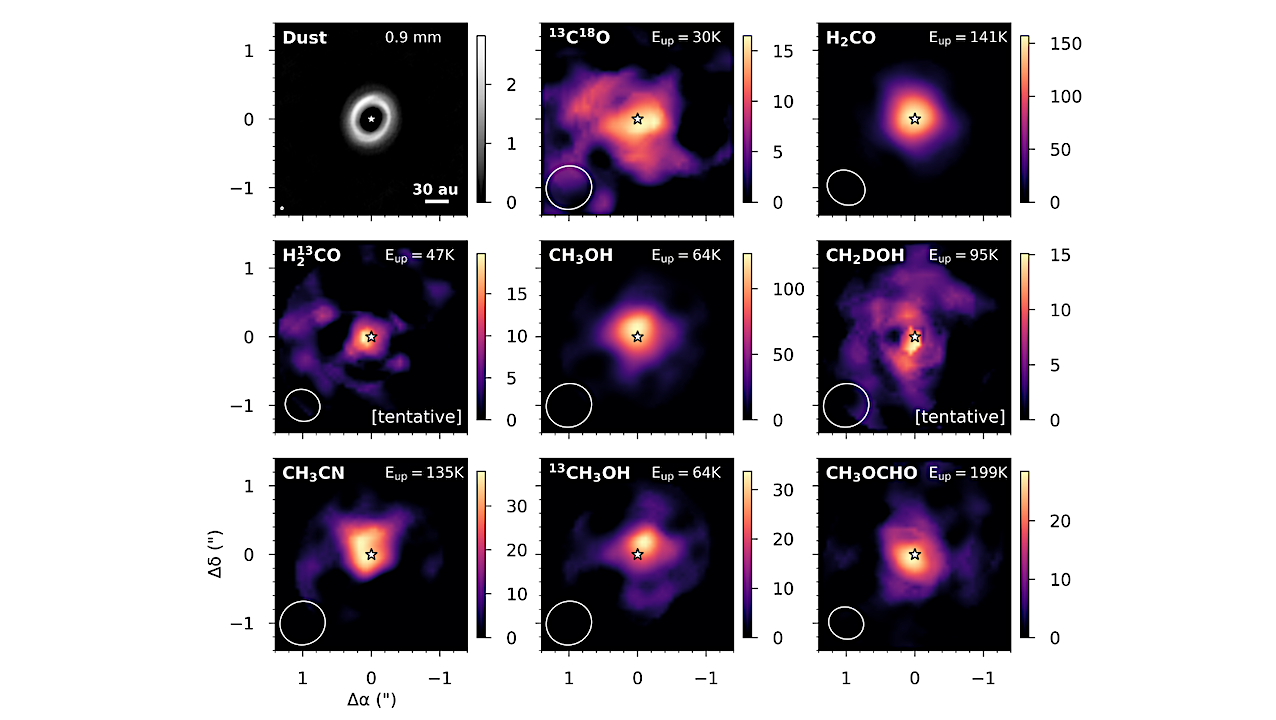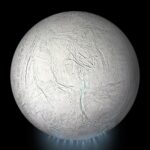Now Reading: Refractory Phosphorus In The HD 100546 Protoplanetary Disk
-
01
Refractory Phosphorus In The HD 100546 Protoplanetary Disk
Refractory Phosphorus In The HD 100546 Protoplanetary Disk
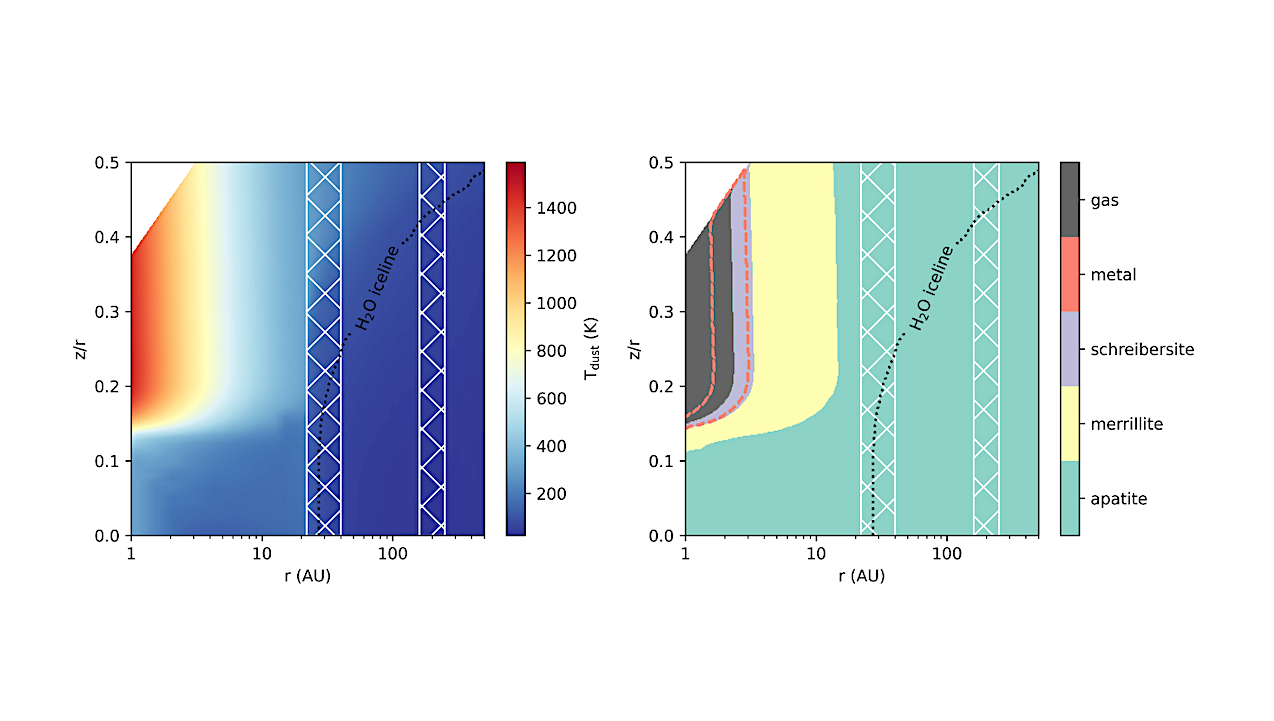
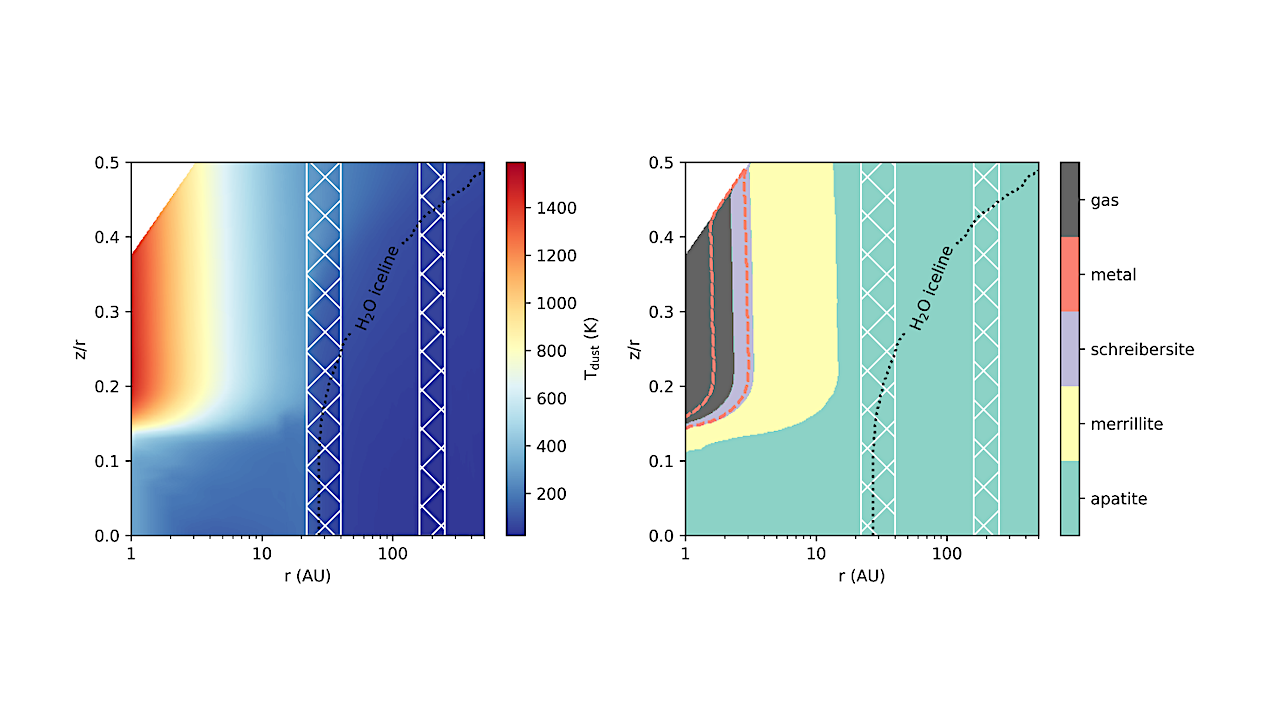
The dominant phosphorous reservoirs throughout the HD 100546 disk. Left-hand panel: a map of the calculated disk temperature structure, which dictates phosphorous mineral stability. Normalised height above midplane is given by z/r, with height above midplane, z (au), divided by the radial distance, r (au). Hatched regions indicate the two dust rings identified in this system and the dotted black line marks the water iceline (parameterised simply as the 121 K isotherm after Lodders 2003). Right-hand panel: a map of the dominant phosphorous reservoirs in the disk assuming equilibrium at the dust temperature. The minerals apatite, merrillite, and schreibersite progressively replace each other as the main phoshporous reservoir as temperature is increased, up to the point where temperatures are high enough that all major phosphorous-bearing mineral phases have sublimated and most phosphorous is in the gas phase. Phosphorous dissolved in Fe metal is never a dominant reservoir, but its presence is mapped by the dashed contour. Mineral stabilties were taken from Pasek (2019). — astro-ph.EP
The phosphorus budget of planets is intertwined with their formation history and is thought to influence their habitability.
The chemical reservoirs and volatile vs refractory budget of phosphorus in planet-forming environments have so far eluded empirical characterisation. We employ high-resolution spectra from HST/STIS in the ultraviolet and APEX in the sub-mm to constrain the phosphorus budget in the well-characterized HD 100546 star and protoplanetary disk system. We measure log(P/H)⋆=−7.50+0.23−0.28 on the stellar surface, which traces the total inventory of P in accreting gas and dust from the inner disk.
The inner disk gas, inside of the main dust trap, has log(P/H)in≲−8.70, and the outer disk gas log(P/H)out≲−9.30. Phosphorus in the disk is carried by a relatively refractory reservoir, consistent with minerals such as apatite or schreibersite, or with ammonium phosphate salts, in terms of sublimation temperature. We discuss the impact this might have on the two protoplanets around HD 100546.
Our results contribute to our understanding of the chemical habitability of planetary systems and lay a foundation for future explorations, especially in the context of JWST and Ariel which can study phosphorus in exoplanet atmospheres.

Sketch of the HD 100546 system with the star, protoplanetary disk, and two claimed protoplanets. — astro-ph.EP
Mihkel Kama, Oliver Shorttle, Sandipan P. D. Borthakur, Luke Keyte, Jennifer B. Bergner, Luca Fossati, Colin P. Folsom, Heleri Ramler
Comments: 11 pages, 7 figures, accepted for publication in MNRAS
Subjects: Earth and Planetary Astrophysics (astro-ph.EP); Solar and Stellar Astrophysics (astro-ph.SR)
Cite as: arXiv:2504.14228 [astro-ph.EP] (or arXiv:2504.14228v1 [astro-ph.EP] for this version)
https://doi.org/10.48550/arXiv.2504.14228
Focus to learn more
Submission history
From: Mihkel Kama
[v1] Sat, 19 Apr 2025 08:35:00 UTC (3,111 KB)
https://arxiv.org/abs/2504.14228
Astrobiology, Astrochemistry,
Stay Informed With the Latest & Most Important News
Previous Post
Next Post
-
 012024 in Review: Highlights from NASA in Silicon Valley
012024 in Review: Highlights from NASA in Silicon Valley -
 02Panasonic Leica Summilux DG 15mm f/1.7 ASPH review
02Panasonic Leica Summilux DG 15mm f/1.7 ASPH review -
 03How New NASA, India Earth Satellite NISAR Will See Earth
03How New NASA, India Earth Satellite NISAR Will See Earth -
 04And Thus Begins A New Year For Life On Earth
04And Thus Begins A New Year For Life On Earth -
 05Astronomy Activation Ambassadors: A New Era
05Astronomy Activation Ambassadors: A New Era -
06SpaceX launch surge helps set new global launch record in 2024
-
 07Space Force plans new ‘Futures Command’ amid pressure to speed up modernization
07Space Force plans new ‘Futures Command’ amid pressure to speed up modernization












